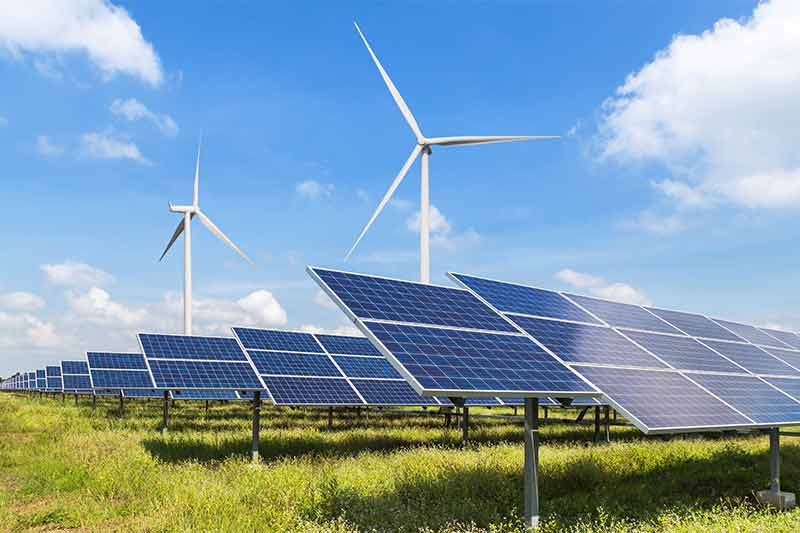Stifling heat—and uncharacteristic snow—has strained the Texas power grid.
While solar capacity has grown to help out the aging system, some of that precious renewable energy is going to waste due to an inefficient system.
In Texas, up to 5% of renewable energy generation is curtailed, according to a 2022 Energy Systems Integration Group study that used ERCOT’s (Texas’ power company) own data analysis. Unfortunately, things look like they’ll get worse: by 2030, up to 20 to 28% could be going to waste.
While this situation is unfortunate and wasteful, it’s also expensive. Consumers are footing the bill for all this unused energy because the utility company still needs to pay the solar and wind providers for the energy produced, even if the utility company fails to distribute it properly.

Solar and wind energy productions hit record highs
During Texas’ heat wave this past June, 41.6% of the grid’s electricity stemmed from wind and solar power during peak hours. However, if it wasn’t for curtailment, there could have been even more clean energy on the grid in that period.
Texas’ renewable energy production is of note because the Lone Star State consumes more energy than any other state. It also boasts the most renewable energy sources connected to the grid, with 773 additional megawatts of solar projects added in June.
Ed Hirs, an energy economist and lecturer at the University of Houston, told Inside Climate News that more transmission lines and battery installations are flooding Texas, which will help stabilize the grid. But he said they “cannot come online fast enough” to replace retiring coal and natural gas plants that are near the end of their life spans or no longer profitable.
‘Curtailment’ presents as roadblock for renewable energy sources
The idea of building resources to generate clean energy and then going to waste frustrates climate activists and energy officials. But why does it happen?
Inside Climate News gave the analogy that “transmission lines are like the highways of an electrical grid: When energy production is high, all lanes fill up. When that congestion occurs, a portion of the electricity coming from renewable sources is wasted because it can’t reach businesses, households, and other consumers who need it. This is called curtailment.”
The inadequacy of transmission lines prevents cheaper wind and solar from entering into the grid and being used. “We end up with essentially dirtier, more expensive power,” Joshua Rhodes, a research scientist at the University of Texas at Austin and nonresident fellow at Columbia University, told Inside Climate News.
Americans for a Clean Energy Grid, a nonprofit advocacy group, released a report that gave ERCOT a D+ on transmission planning and development. The report describes an “almost doubling of congestion” on the ERCOT grid from 2020 to 2021. It estimates the energy value that could not reach Texas consumers due to crowded transmission lines in 2022 at $2.8 billion.
How utility companies can better utilize clean energy
To further play out the highway analogy, traffic wouldn’t be as bad if there were more lanes on the highway, and everyone would get to their destination quicker.
So, utility companies must build more transmission lines instead of paying congestion fees and letting energy go to waste. By adding more efficient lines, the grid won’t be as strained during peak times.
While replacing and adding to the grid is expensive, so is curtailment. Given Texas’s erratic weather in recent years, it’s too costly not to use the renewable energy available.
- 87% of Utilities Have Experienced at Least One Data Breach in Last Three Years - February 5, 2024
- Can Drones Lower Your Next Utility Bill? - January 10, 2024
- Onshore Wind Farms Are The Next Big Thing In Renewable Energy - December 6, 2023





